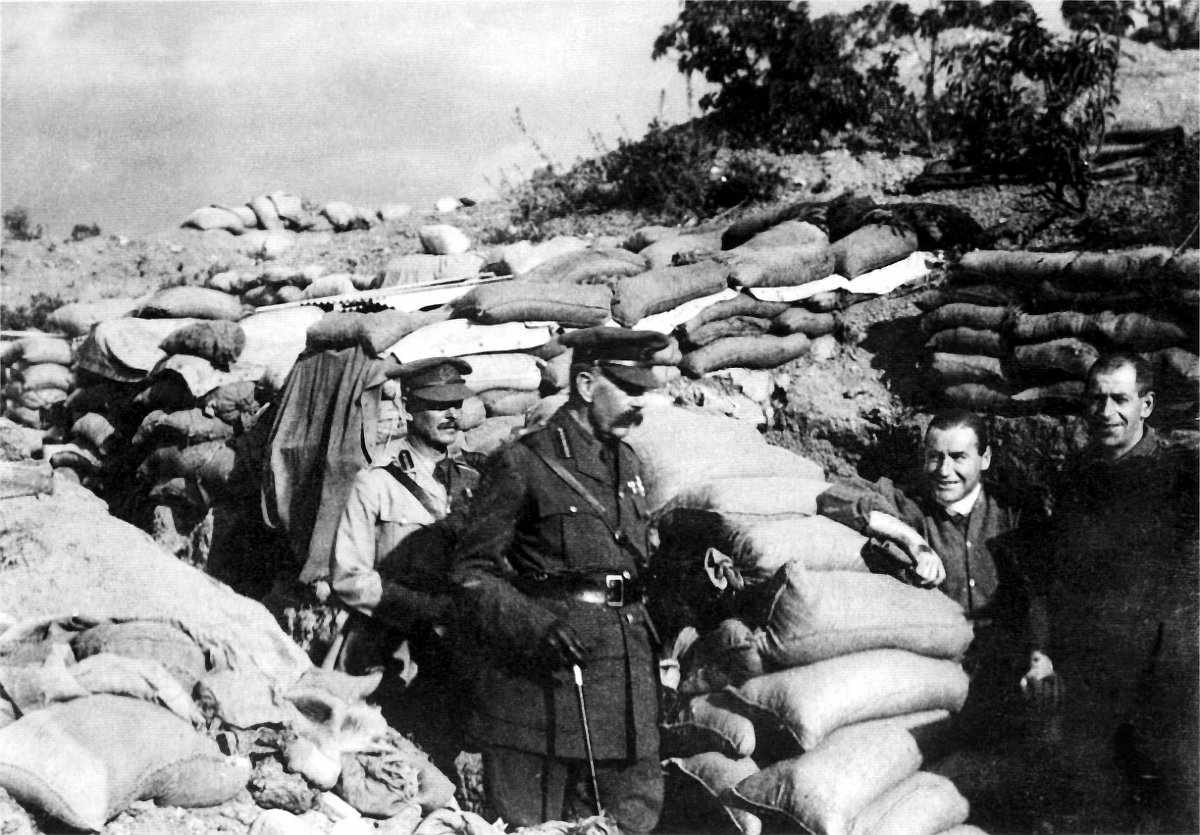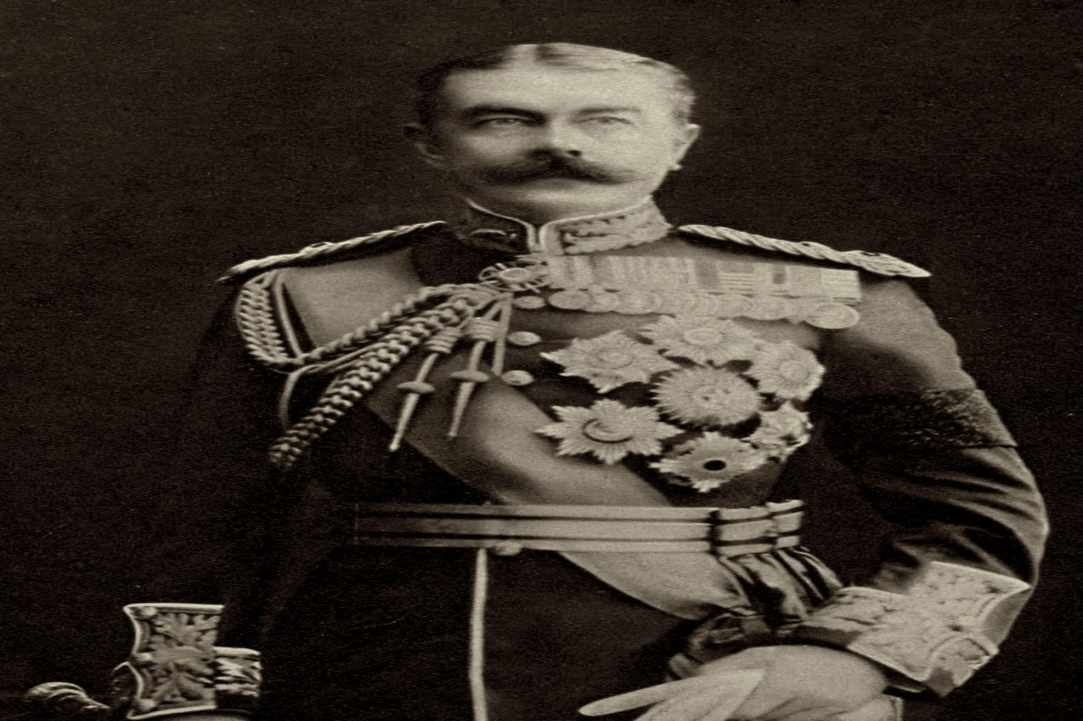A powerful man in Cyprus
Horatio Herbert Kitchener
The high ranking military officer of the British Army Horatio Herbert Kitchener (1850-1916), Irish descent, arrived on Cyprus in September 1878, when he was still an unknown officer escorting the wife of the British commander of Kyrenia Andrew Scott-Stevenson. Kitchener was assigned to conduct a survey and to map Cyprus, as the new British colony. Mapping Cyprus took three years. Kitchener noted on the map detailed population data, building complexes, and the settlements on the island.
Kitchener remained in Cyprus until February 1883. He was a pioneer in establishing the Cyprus Museum and served as its first curator. In addition, Kitchener wrote an article entitled “Notes from Cyprus” which was published in August 1879 in Blackwood’s Magazine. In the article Kitchener describes Cyprus as an island of sudden changes which are reflected primarily in the climate and the landscape variations. Furthermore, he observes that the available resources of the island are quite valuable and the soil extremely fertile if properly exploited.
Kitchener also compares the Greek inhabitants of the island with the Turkish inhabitants. He considers the Turkish inhabitants non-fanatic Muslims and the Greek people as very religious. He notes that every village on the island is a small community with its own local authorities.
He considers the location of Cyprus clearly the perfect base for operations in Syria and for influencing reforms in Asia Minor which Kitchener deems of the utmost importance. Through Cyprus, the British could control all developments and activities taking place in Asia Minor and the Levant in general. The last sentence of the text is quite indicative of the intensions of British dominance over Cyprus.
By thus employing Cyprus we should make its possessions politically of the vastest importance, and we should really posses the key of the East.
Kitchener, who reached the highest offices of the military and political hierarchy, had a tragic end. He drowned in 1916 when, on his return from Russia where he had gone to reorganize the Russian army during the First World War, his warship sunk. As a tribute of his memory, in October 1979 the Republic of Cyprus released a stamp with his portrait.
*The text is part of the writer’s article “Irish officials in the British colonial administration of Cyprus, in Giorgos Georgis - Georgios Kazamias (ed.), Ireland-Cyprus. Parallel Journeys. Common Aspirations, Nicosia 2013, p. 80-93.

 English
English
 Ελληνικά
Ελληνικά Русский
Русский


 Posted by
Maria Chara
Posted by
Maria Chara





